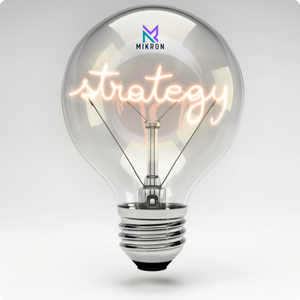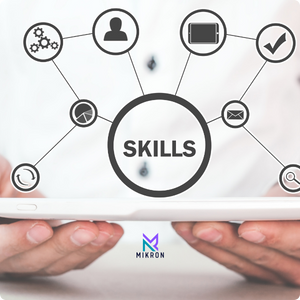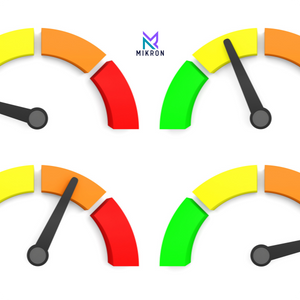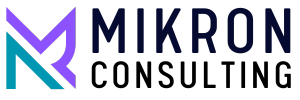
A strong target operating model for project delivery
A structured framework that aligns strategy, governance, processes, and resources to optimise efficiency, flexibility, and quality. Here’s an outline of a well-constructed target operating model for project delivery.
A successful target operating model provides a clear, adaptable framework that enables a high-performing, resilient project delivery function that consistently meets organisational goals.
Service Areas Covered
- Strategic Alignment
- Governance and Accountability
- Flexible Delivery Models
- Tools and Technology
- Organisational Culture and Skills Development
- Performance Measurement and Continuous Improvement
Strategic Alignment
Vision and Objectives
Clear definition of what the TOM aims to achieve (e.g., improved delivery speed, cost savings, increased quality).
Project Portfolio Alignment
Ensuring that projects are aligned with the company’s strategic objectives and prioritised accordingly
Stakeholder Engagement
Mechanisms for consistent engagement with senior stakeholders to align on key priorities and decisions

Governance and Accountability
Clear Governance Structure
Defined roles and responsibilities across the project lifecycle, including decision-making authorities.
Portfolio Oversight
Establishment of a Project Management Office (PMO) or equivalent body to oversee portfolio performance, monitor risks, and ensure compliance with delivery standards.
Standardised Processes
Documented policies for project initiation, execution, and closure. Incorporate industry best practices like PRINCE2 or Agile where relevant.
Quality and Risk Management
Regular quality assessments and risk controls at every project phase, with a structured framework for escalation.

Flexible Delivery Models
End-to-End Framework
Defined project lifecycle stages from planning to completion, including Agile, Waterfall, or Hybrid methodologies as suitable.
Adaptive Resourcing Models
Flexibility in resource allocation with clear parameters for using internal vs. external resources, onshore vs. offshore teams.
Cost and Resource Optimisation
Efficient use of budget and human resources, with regular evaluations to identify cost-saving opportunities without compromising quality.

Tools and Technology
Integrated Project Management Platform
Centralised tools that offer visibility across project progress, resources, and financials. These should align with your overall framework and delivery processes.
Automation and Standardisation
Automation of repetitive processes and tasks, such as reporting, scheduling, and data integration, to reduce manual workload and errors.
Data-Driven Insights
Real-time reporting and dashboards for tracking KPIs, milestones, resource allocation, and financial performance across the portfolio.

Organisational Culture and Skills Development
Defined Competency Framework
Outlining essential project management skills, including soft skills (stakeholder management, communication) and technical expertise (risk assessment, budget planning).
Continuous Learning and Development
Investment in training (e.g., Lean Six Sigma, Agile, ITIL) to enhance capabilities and drive continuous improvement.
Collaborative Culture
Promotion of a collaborative, open culture where knowledge-sharing and cross-functional teamwork are encouraged.

Performance Measurement and Continuous Improvement
KPIs and Metrics
Well-defined KPIs, such as on-time delivery, budget adherence, quality scores, customer satisfaction, and ROI, with regular reviews to ensure they remain relevant.
Feedback Loops and Retrospectives
Structured processes for capturing lessons learned and conducting post-project reviews to refine the model.
Innovation and Optimisation
Ongoing efforts to identify opportunities for improvement through technology updates, methodology refinement, and process reengineering.

A successful target operating model provides a clear, adaptable framework that enables a high-performing, resilient project delivery function that consistently meets organisational goals.
